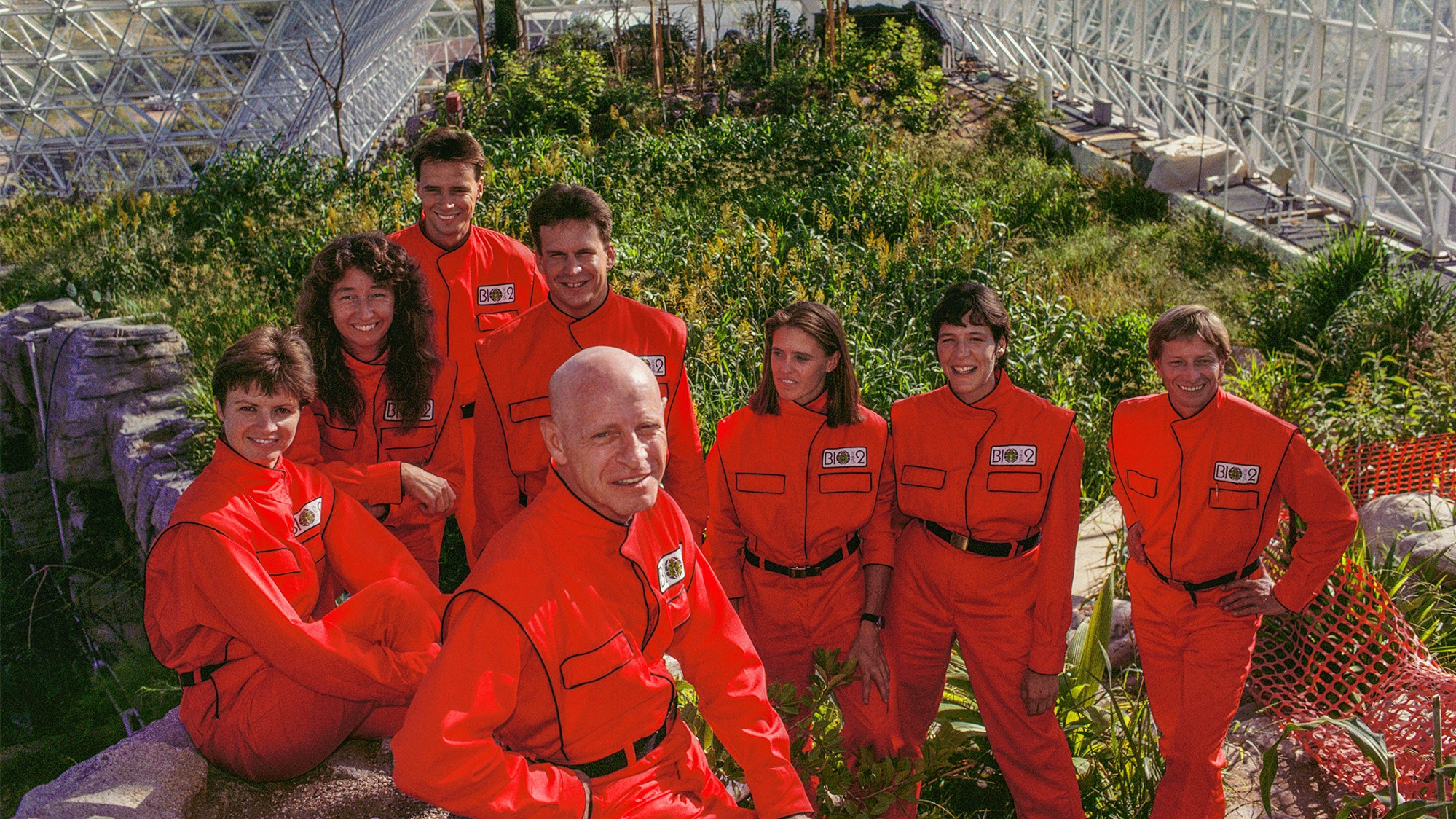Workhorse
(Canada, 82 min.)
Dir. Cliff Caines
Is any animal more cinematic than the horse? The equine characters of Cliff Caines’ Workhorse seem like naturals before the camera. There is ample posing to be seen as the robust and rippling muscles of the horses catch the light beautifully in the black and white compositions from DP Ryan A. Randall. Their hair flows ravishingly while the legs and hooves accentuate nearly every frame of the film with their indefatigable strength. This exquisitely shot elegy for a fading way of life captures the power and beauty of horses with a nostalgic lustre. Caines’ film considers how the relationship between humans and animals changes with the cultural and industrial tides.
In 2020, this affiliation generally takes two forms: companionship or consumption. Animals nourish us, both literally and figuratively. The role of an animal as a colleague, co-worker, and tool is less prevalent. It’s a romantic notion to envision a horse as the driving force for one’s labour. However, it’s one worth considering and celebrating. The fossil fuel ways of the industrial revolution now look as antiquated as a horse drawn buggy.
This thoughtful and methodical film captures the relationship between humans and horses in three vocations. Art Shannon harvests firewood with his horses Orlagh and Idaho. Thanks to his four-legged helpers, Shannon chops, loads, and removes the wood quickly without disturbing the forest with the destructive force of a tractor. At Orchard Hill Farm, the Laing family tills their fields with hands and horses in lieu of tractors and machinery. They share with Caines their connection to the land as the farm passes between generations with the hopes that the family heritage with remain rooted. Finally, the Wessell family sees an old steed prepare a young buck for the fair. The Wessells’ son, Cody, might be the last in a breed of horse wranglers who inspire audiences by harnessing the strength of horses for sport and show. Humans and horses are profiled with equal consideration in each chapter.
Workhorse invites a viewer to slow down and enter a world that seems alien to the hustle-bustle of today. The pace is an acquired taste and Workhorse might be more effective as a tighter short or mid-length film given its repetitive cadence. Nevertheless, fans of slow and observational cinema will find lots to soak up, especially in the film’s stark widescreen frames.
The film’s relaxed pace and sedate methodology let the power of the images linger. This is hard work that Caines captures. However, Workhorse also chronicles a lifestyle—a personal, ethical, and philosophical choice to connect with the natural world in lieu of modern conveniences. The striking cinematography draws parallels and distinctions alike between humans (workhorses in their own right) and the animals, while the contrasts between the blacks and whites of the images, particularly in Shannon’s snowy sequence, are handsome canvases with which to consider rural labour. Drawing upon the awesome and imposing power of horses and their magnetic rapport with their caretakers, Workhorse wistfully eulogizes a fading way of life.
Workhorse premiered at RIDM 2019 and screens online at DOK.fest Munich.
(Please note that screenings are geo-blocked/restricted to the local audience.)
It screens at Toronto’s Planet in Focus Environmental Film Festival in October.











